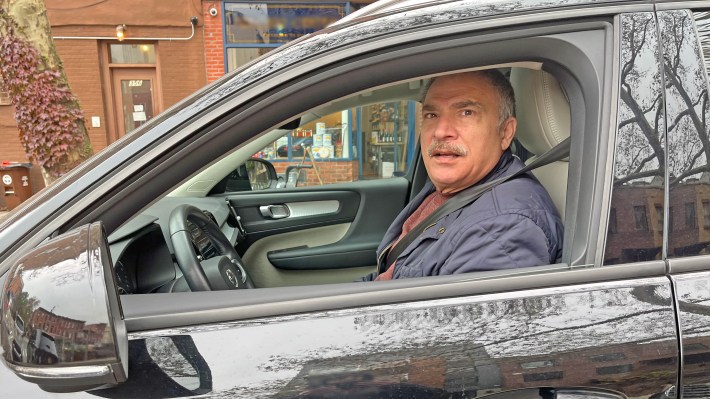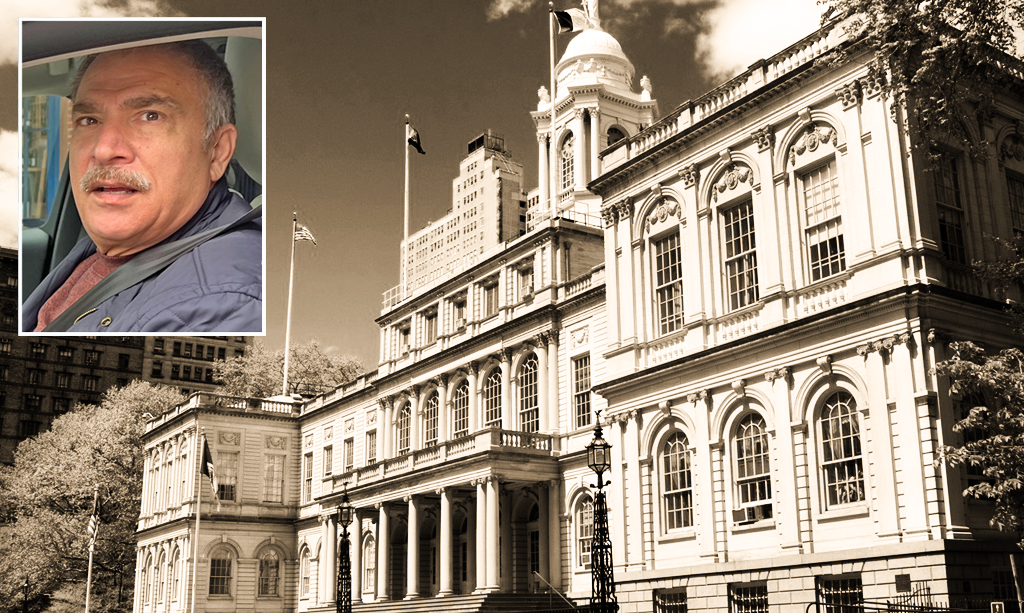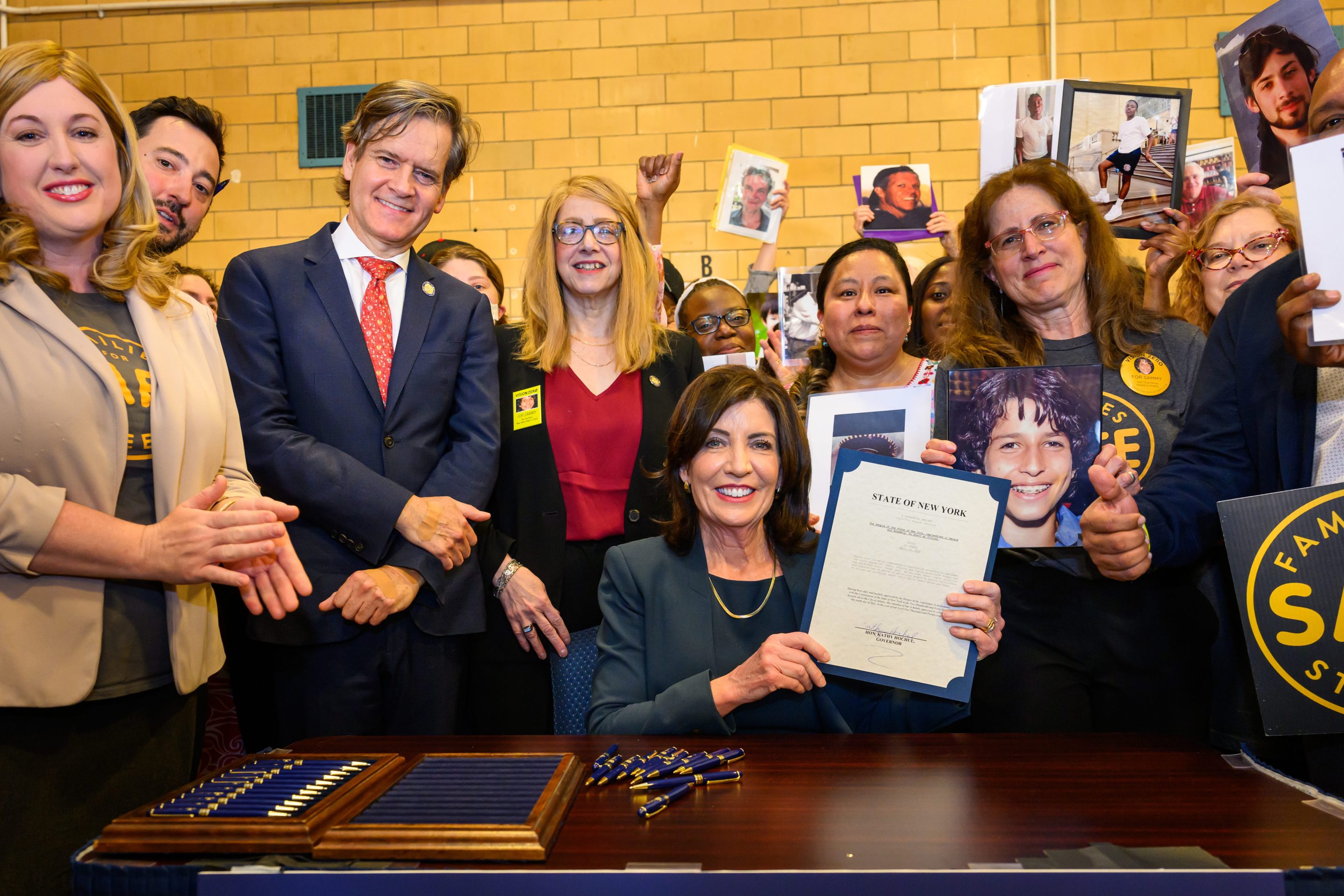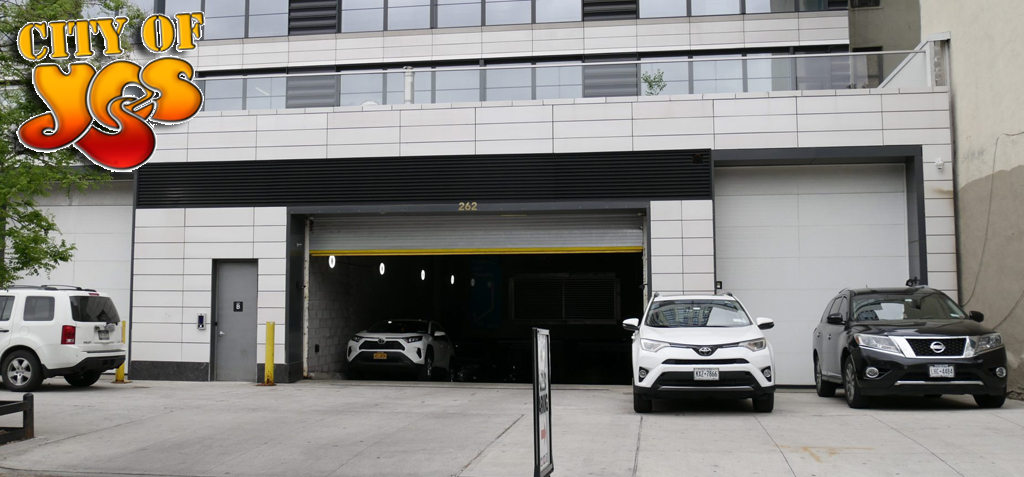He’s no subject matter expert, and he's far outside the customary chain of command. And yet, Richard Bearak, a low-profile land use official in City Hall, has become an unusually important figure in shaping the transportation agenda of the Adams administration, playing a role that officials say has impeded efforts to improve street safety and build new pedestrian and bike infrastructure.
Recent street improvement projects that aroused even minor community opposition all required Bearak's review before they could move forward, according to five city officials who spoke on the condition of anonymity because they were not authorized to discuss the matter publicly. Those proposals include the contentious redesign plans for McGuinness Boulevard, Underhill Avenue and Ashland Place.
Officials expressed frustration over Bearak's involvement in such projects. He has no prior transportation experience, according to his LinkedIn resume, and he works for a deputy mayor who does not oversee the Department of Transportation.
As for how Bearak came to supervise the city’s transportation portfolio, officials pointed to Ingrid Lewis-Martin, the mayor’s chief adviser and a regular opponent of DOT's efforts to reclaim street space from private cars for pedestrians, cyclists and public transit riders. Officials say that Lewis-Martin thrust Bearak into the chain of command for transportation projects and has used him as a proxy to advance her agenda.
“If Ingrid’s the king, he’s the right hand of the king. He is there to do her bidding," one official said. “He only was going to raise the concerns that you’re going to hear from car drivers. He’s never been on the pro-pedestrianization, pro-bike-lane side.”
Streetsblog sought to ask Bearak on Tuesday about his involvement in DOT projects, but Bearak drove away without responding. (The car he was driving has received 14 school zone speed camera tickets since 2015, city data show.)

DOT did not respond to a request for comment. Lewis-Martin referred questions to the City Hall press office. After this story was published, City Hall spokesman Charles Lutvak said that Bearak provides "valuable, informal advice" on street safety issues, but that "street design decisions are made by the Department of Transportation."
Lutvak added that Bearak previously advised Brooklyn Borough presidents on "hundreds of transportation issues and has advocated consistently for street designs that keep children and all pedestrians, cyclists, and road users safe."
Bearak previously spent decades working in Brooklyn Borough Hall, where he was a colleague of Lewis-Martin's when Adams was Brooklyn borough president. Both followed Adams to City Hall last year. Bearak is now the executive director for land use under Maria Torres-Springer, the deputy mayor for housing, economic development and workforce.
The city's transportation hierarchy was previously straightforward, extending up from the Department of Transportation commissioner to the deputy mayor for operations, now Meera Joshi, who reports to the first deputy mayor and, then, the mayor.
But the chain of command now detours through Lewis-Martin and Bearak. Neither has any formal responsibility for DOT, but Lewis-Martin has increasingly sought to control the agency, officials say, and Bearak has been central to that effort.
His involvement began earlier this year, around the time when a bike lane proposal for McGuinness Boulevard sparked opposition from a politically connected local business and from Lewis-Martin herself. Suddenly, to the confusion of the administration's transportation experts, Lewis-Martin began insisting that Bearak be included on calls related to DOT projects, and that he be given a chance to review them, officials said.
Bearak and Lewis-Martin now review any DOT projects that could face local push back, including new bus and bike lanes, the removal of parking spots, vehicle turn restrictions and road diets, officials said. Typically they call for changes to the projects to make them more favorable to private motorists at the expense of pedestrians, cyclists and public transit users, officials said.
This process has meant yet more review for projects that have already received extensive internal and external feedback, creating the risk of further delays at a time when DOT is struggling to meet the benchmarks of the Streets Master Plan and the mayor's own transportation campaign promises.
"It's frustrating," one official said or Bearak's involvement. "It's another entity who ... doesn't really fit into the org chart."
Construction of new bus and bike lanes was down last fiscal year, even as bus speeds remain miserably low and cyclist fatalities high. Adams recently dismissed the importance of such metrics in an unusual meeting with DOT staffers, saying bus and bike lanes would not be his "legacy." Instead Adams stressed the importance of community engagement.
Former DOT official Jon Orcutt said Bearak and Lewis-Martin will have a “chilling effect” on DOT's work.
“This is like a complete short circuiting of how City Hall and DOT are supposed to work,” said Orcutt, now advocacy director of Bike New York. “Having a staff person at City Hall just say yes or no is a total aberration. If you were actually the transportation commissioner, you should be outraged by that.”
Council Member Lincoln Restler (D-Williamsburg) asked DOT Commissioner Ydanis Rodriguez about Bearak at a Council hearing in September, but Rodriguez declined to answer the questions.
“This is not a place to be sharing who you talk to,” Rodriguez said.
In an interview, Restler criticized Bearak’s oversight of DOT.
“Over my many years in city government across multiple mayoral administrations, I have never seen a political appointee outside of the chain of command be authorized to approve or reject critical health and safety projects,” Restler told Streetsblog. “The number of people who are dying on our streets is growing, and the Department of Transportation has been neutered.”
With Liam Quigley and Dave Colon





